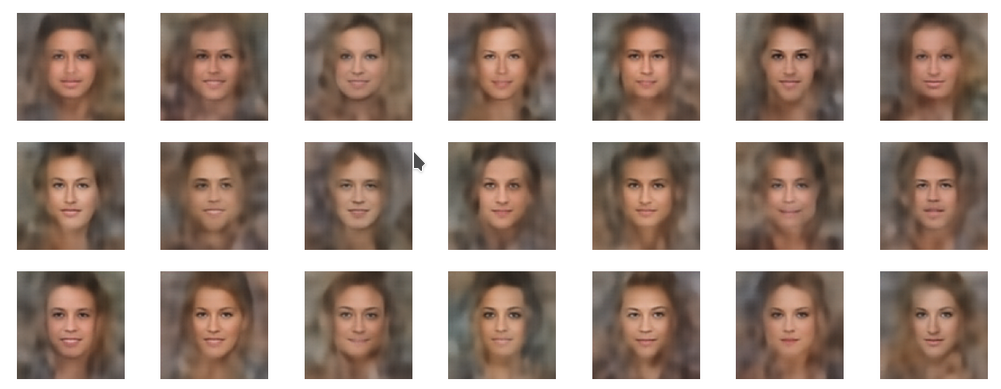In the first post of this series I have covered the upgrade procedure of a Linux PC from Opensuse Leap 15.3 to Leap 15.4. In the second post I tested the system’s behavior for Plasma and Gnome on (X)Wayland. Which was surprisingly good.
Opensuse Leap 15.4 on a PC – II – Plasma, Gnome, flatpak, Libreoffice and others on (X)Wayland?
The upgrade to Leap 15.4 may come with an inconvenience on systems with multiple attached screens:
You may loose your preferred screen order.
This means that your mouse cursor may not move across your screens as you expect it for your desktop display manager or for your graphical desktop spanned over the number of available screens. And windows moved on the desktop across the right edge of a particular screen may appear on another screen physically positioned to the left of your current screen. Which is not really funny.
Actually, my upgrade to Leap 15.4 confronted me with a wrong screen order for both SDDM and my KDE Plasma desktop sessions. This happened on two of my systems – both equipped with Nvidia graphics cards. Regarding Plasma and Gnome on X11 I have previously often used the nvidia-settings application to fix the screen order and put related statements into the xorg.conf. But on (X)Wayland this is currently not an option. nvidia-settings simply lacks the required functionality there.
Some people recommend in such a case to switch cables between the available plugs at the graphics card. No need to do so. In the present post I show you how to get your screens into the required order again without moving their physical positions or putting their video cables into different plugs.
But I only describe the measures for the display manager SDDM and for KDE Plasma and Gnome on Wayland / X11. For other display managers and desktop environments other tools and steps may have to be applied. Below I use the term (X)Wayland when the methods apply both to a native Wayland session or a Xwayland setup.

